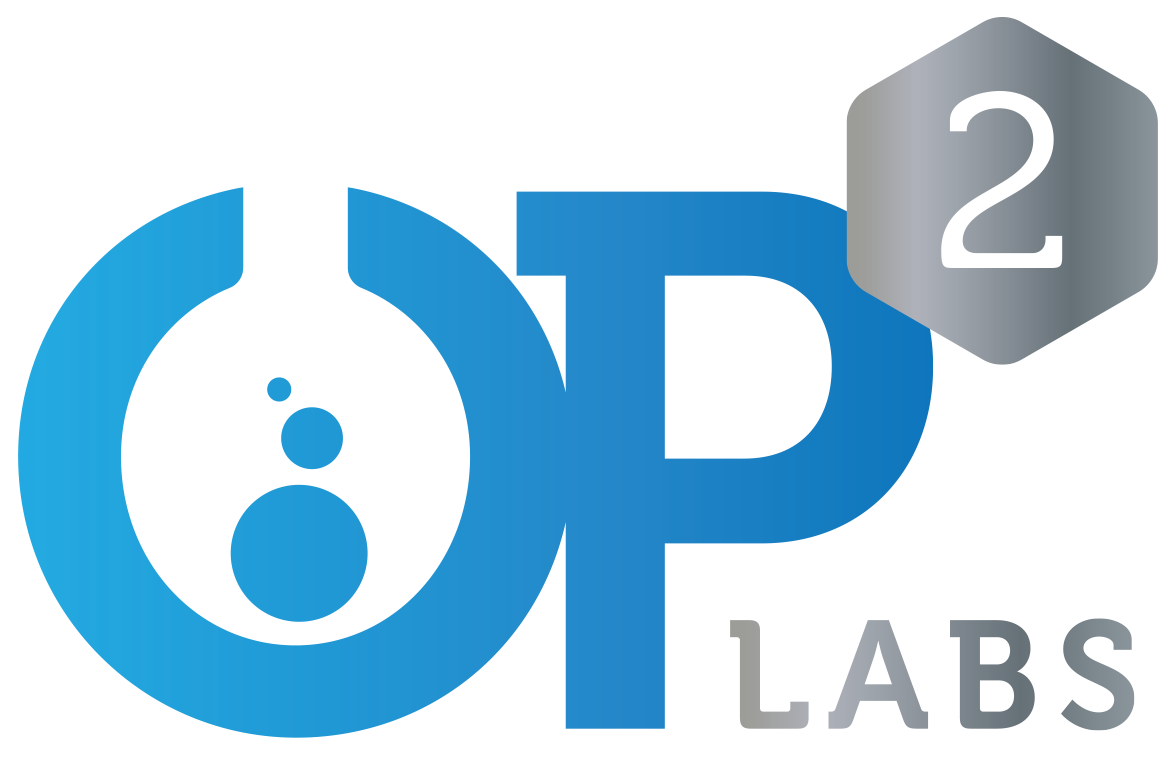Many health trends come and go, so it can be hard to know which supplements, diets, or health plans...
How (and Why) Doctors Use Collagen for Wound Healing

Using collagen for wound healing has become a common practice in the medical field because of its versatility in treating different types of wounds.
Collagen for wound healing is not the only medical use of collagen, but it is one area with a fair amount of medical research and case studies to support claims. It has fully justified its presence as a medical nutrition supplement and wound dressing.
Collagen is a physiological necessity for your body, and helps many of your tissues work properly whether you are injured or not. But let’s take a look specifically at how collagen for wound healing works.
How does collagen help wound healing?
Collagen is the most prevalent protein in the human body, and protein is a necessary component when it comes to wound healing. In fact, collagen makes up a third of the protein molecules in your body.
Your body naturally makes collagen by breaking down dietary proteins into amino acids. Maintaining your body’s natural production of collagen is important because collagen is found in all your connective tissues (i.e., tendons, ligaments, skin, muscles, cartilage, organs, etc.).
While you need several different types of structural proteins to keep your body healthy and functioning, collagen can be thought of as the glue that keeps your tissues together. It keeps your body structurally sound and helps maintain tissue elasticity that allows for movement.
This is all relevant to wound healing because when you have a wound, whether it be external or internal, it is damage to your tissues. When tissues are damaged, they need extra collagen and other structural proteins to begin to heal and repair the wounded area.
Collagen in wound healing helps by attracting fibroblasts. Fibroblasts are the cells within your connective tissues that produce collagen and other fibers.
This is extremely important to note, because as you age, your natural collagen production declines. That’s why you may have noticed that it takes longer to heal from a cut now that you’re in your 40s versus when you were a teen.
When you do not have enough collagen to devote to wound healing specifically, wound healing takes longer because your body lacks the natural proteins to reconstruct the wounded area.
How do wounds heal?
Wounds heal in four stages. These stages are:
1. Homeostasis stage: Homeostasis starts when any blood begins to leak out of your body, and your body starts to close the wound through clotting.
To create a clot, blood vessels need to constrict to slow down and restrict your blood flow. Then, your platelets will stick together to begin to seal the damaged area of the blood vessel wall.
After this happens, coagulation reinforces the established platelet plug by adding threads of fibrin. Together these act as a binding agent.
The first stage of wound healing will start very rapidly. Platelets are sent into action within seconds of being wounded, and the fibrils enter the equation within the first minute.
2. Inflammatory stage: The second stage of wound healing is the inflammatory stage. This is where your body creates localized swelling around the injured area. Inflammation helps to control the bleeding and is meant to prevent infection.
The fluid engorgement that creates inflammation allows your body to start to heal by giving repair cells a pathway to the wounded area. During this stage, your body will also remove pathogens, bacteria, and damaged cells from the wound.
What causes the swelling, heat, and redness of inflammation are the extra growth factors, nutrients, white blood cells, and enzymes, and although it can be painful, it is a necessary part of the healing process.
3. Proliferative stage: Once the wound area has rebuilt new tissue made from collagen proteins and extracellular matrix, then your body is in the proliferative stage of healing. Here, your wound will close and contract as your body builds new tissues.
During this stage, your body must construct a new network of blood vessels so the new tissues can receive oxygen and nutrients. The new tissue will usually appear pink or red and be uneven in texture. Healthy granulation tissue also won’t bleed very easily.
4. Maturation stage: Commonly called the remodeling stage, the maturation stage of wound healing is when collagen proteins begin to help the wound fully close.
In this stage, your repair cells are no longer needed, and the collagen laid down during the proliferative phase (making the granulation tissue uneven and thick) gains tension as water is reabsorbed. This means the collagen fibers can properly cross-link together.
What prevents proper wound healing?
Some wounds can get stuck in the inflammatory stage, causing chronic wounds, infection, or a stalled healing process. When wounds are in an extended inflammatory stage of healing, it is often caused by increased matrix metalloproteinases (MMPs) or Biofilm in the wound.
MMPs degrade proteins in environments outside of cells and are essential in wound healing, tissue repair, and remodeling. MMPs can help wound healing when balanced, but biofilm creates a low-grade inflammatory response, slowing tissue growth and wound healing.
MMPs are always attracted to a wound during the inflammatory phase in order to break down unhealthy extracellular matrices (ECM).
ECM’s are a network of proteins and molecules that provide the necessary structure and support for cells and tissues. They help cells communicate, attach to each other, and promote cell growth, movement, and general functioning.
ECM is always involved in tissue repair, but irregular ECM development can cause issues like delayed wound healing and tumor growth. When there are too many MMPs though, they begin to break down healthy ECMs as well, harming the healing process.
Collagen is a major component of ECMs which is why the addition of collagen proteins in the wound area can help your body naturally restart the wound healing process.
When the wound environment is unbalanced with too many MMPs and not enough ECMs, it will become hyperinflammatory, preventing the wound from following the regular healing continuum.
Collagen is necessary to complete the final two stages of the wound healing and closure. When a wound is stalled in the inflammatory stage, a collagen wound dressing may help stimulate new tissue growth and keep your body moving through the natural wound-healing process.
Collagen wound healing may also be practiced with a liquid collagen supplement. When ingesting a high-quality, easily absorbable collagen supplement, you provide your body with the necessary amino acids to build collagen on its own.
The presence of additional collagen synthesis may then stimulate cell repair, and encourage a more effective wound healing process.
So now that you know how and why collagen wound healing exists, let's take a look at how doctors use collagen for wound healing in medical practice.
Two times doctors use collagen for wound healing
Collagen for wound healing is just one of the medical benefits of collagen being researched actively, but has become one of the most prominent uses of collagen because of its promising results when used in medical practice.
With continuing research, collagen wound healing through dressings has become more common, especially for patients with chronic wounds.
1. Diabetic and venous ulcers
Both diabetic wounds and venous ulcers are common chronic wounds that get stuck in the inflammatory stage. Patients may struggle with getting the appropriate amino acids from proteins in their diet, which means additional collagen is needed for their wound healing.
Venous ulcers and diabetic ulcers may require long-term healing and, because of that, collagen wound healing has been studied as an effective treatment.
Collagen dressings are used in direct contact with the wound, and contain live tissues. Most collagen dressings use collagen derived from animals such as horses, pigs, or cows. Depending on the wound location, collagen dressings will come in sheets, gels, pads, or particles.
In one study conducted in 2018, a 63-year-old man that had chronic venous leg ulceration from diabetes did a trial using collagen dressings. He had struggled with long-term wound healing, wound area pain, and frequent recurrence of the same wounds despite standard wound care.
To treat his venous ulcer, they used a biocompatible and biodegradable tri-dimensional collagen based matrix that was able to be integrated into the healing tissues.
Throughout the healing process, the patient reported no complications or pain in the wound area. And, at the end of the collagen wound healing treatment, there was no recurrence of wounds in that area. The complete wound healing took just 36 days.
2. Burn wounds
Burn wounds vary in severity and can sometimes take a long time to heal due to the extensive damage to tissue layers. While minor burns will heal within a couple of weeks, serious burns may involve medication, therapy, wound dressings, and in severe cases, surgery.
In all burn treatments, the goal is to help alleviate some of the patient’s pain, prevent infection, reduce scarring, and remove dead tissue - all while helping the wound heal.
Biological dressings, like collagen dressings, are known to be impermeable to bacteria. And, collagen dressings may have more advantages for burns than conventional dressings. Since they are natural, they are non-pyrogenic, hypoallergenic, non-immunogenic, and pain-free.
A study conducted in 2011 set out to compare the effectiveness of conventional dressings to collagen wound healing when treating burns.
To complete the study they evaluated and treated 120 patients all within a similar age range that did not have conditions that could impact wound healing. Patients were split up evenly and either treated with conventional dressings or collagen dressings.
At the start of their treatment, patients’ wound characteristics were assessed - including wound size, edge, floor, slough, granulation tissue, and pus culture sensitivity. Then, during the healing process, the appearance of granulation tissue, healing completion, need for skin grafting, and general patient satisfaction were recorded.
The first two weeks saw the most significant results, with 60% of collagen wound dressing patients being sterile while only 42% of the conventional group were. After eight weeks, the healing progress began to even out, but less of the collagen dressing group needed skin grafting.
The study concluded that while both dressing methods were effective in healing the wounds, collagen wound dressings seemed to allow for early healing and mobility. The use of collagen wound healing also seemed to better prevent the need for skin grafting.
Do collagen dressings or liquid collagen supplements work better for wound healing?
The use of collagen dressings for wound healing may be used for chronic wounds or in severe cases to help patients heal faster. But can you use a liquid collagen supplement to help aid in wound healing too?
The short answer: Yes, absolutely!
Collagen wound healing is not isolated to wound dressings, and in fact, medical grade collagen supplements like ProT Gold are used in medical facilities as a form of medical nutrition therapy to help patients with treatments.
What is medical nutrition therapy? It’s a nutrition-based treatment that includes nutritional diagnosis and therapeutic counseling to help manage disease. It is commonly used to treat diabetes, and is provided by a registered dietitian nutritionist.
Liquid collagen supplements can be prescribed to you when you are going through medical nutrition therapy (MNT), and for similar reasons that a collagen wound dressing works. A highly absorbable collagen supplement provides necessary amino acids to help your body produce collagen naturally.
Using nutrition as a treatment for any type of medical condition often begs the question: can I use my insurance for collagen?
Even though collagen can be used for wound healing both as a dressing and medical nutrition therapy, it may or may not be covered by insurance. It depends on your provider, the coverage you receive, and if collagen is prescribed as a treatment.
In the end, the general medical consensus is that collagen for wound healing may be an effective practice whether it is used as a collagen dressing or as a highly absorbable liquid collagen supplement.
If you have chronic wounds, or simply want to speed up the first few stages of wound healing, talk to your doctor about the use of collagen for wound healing.




